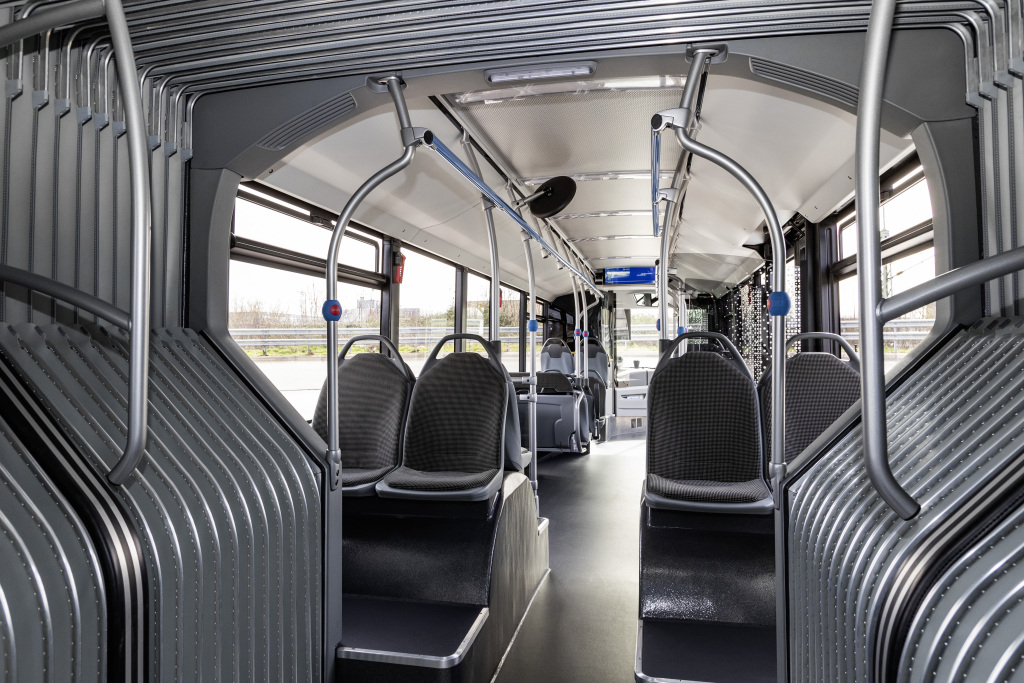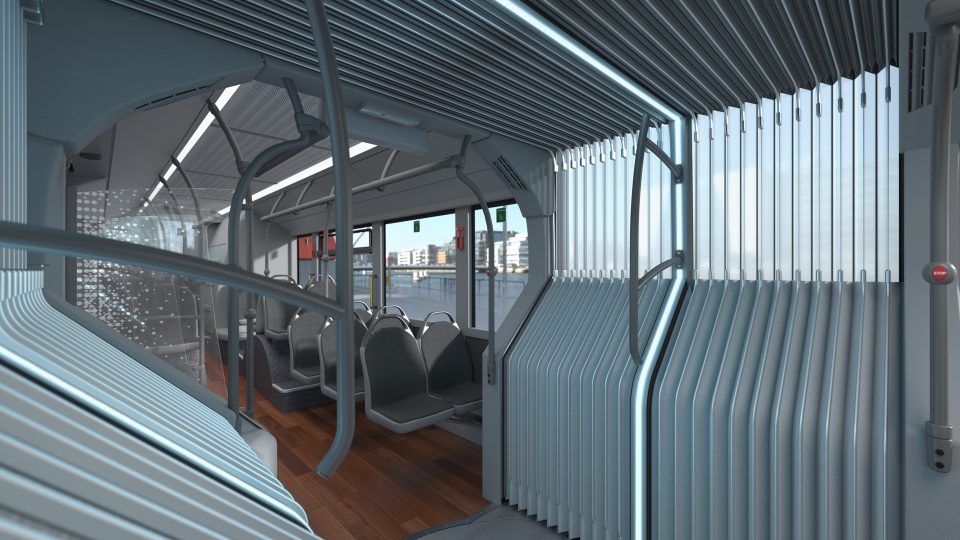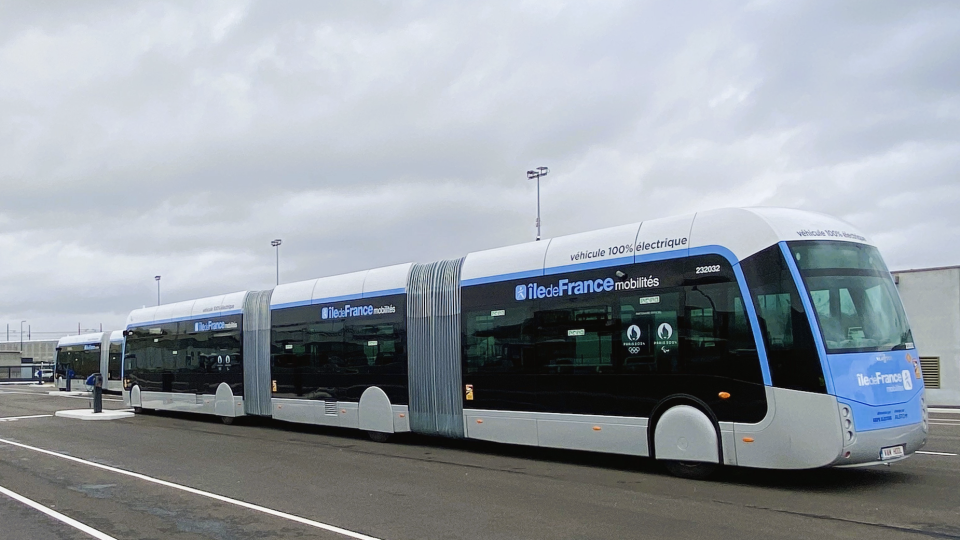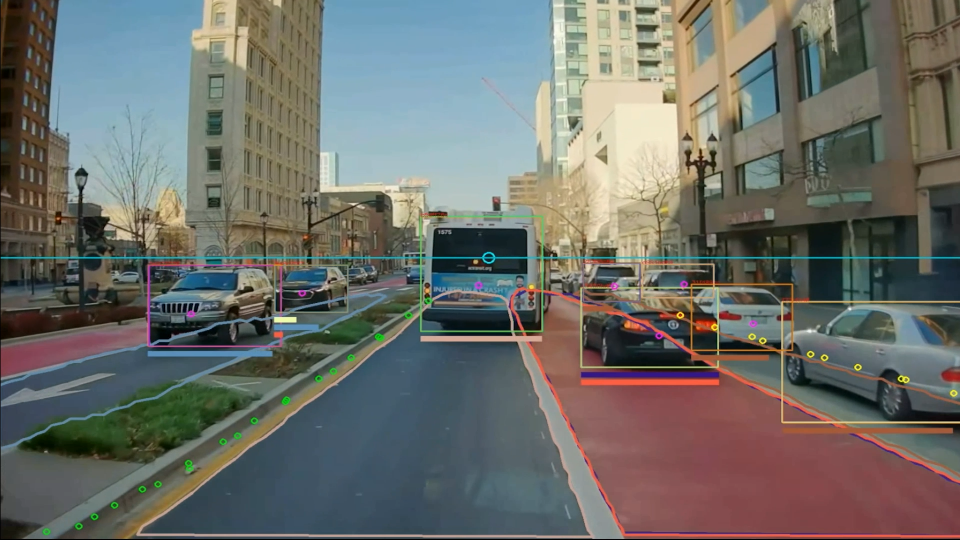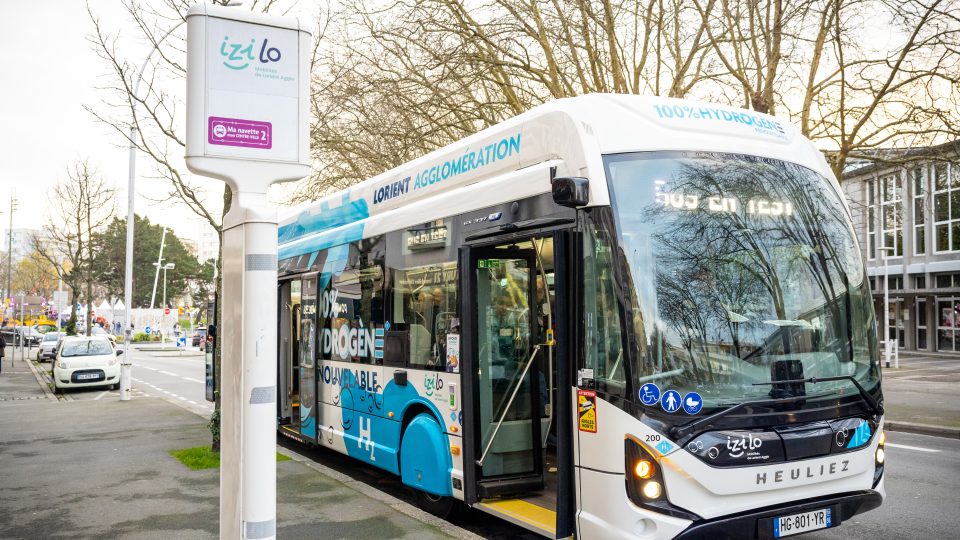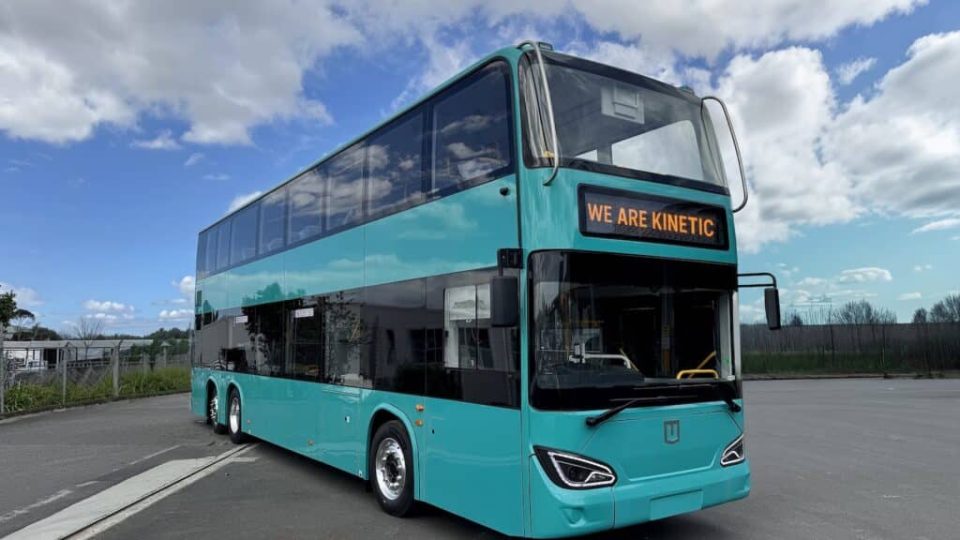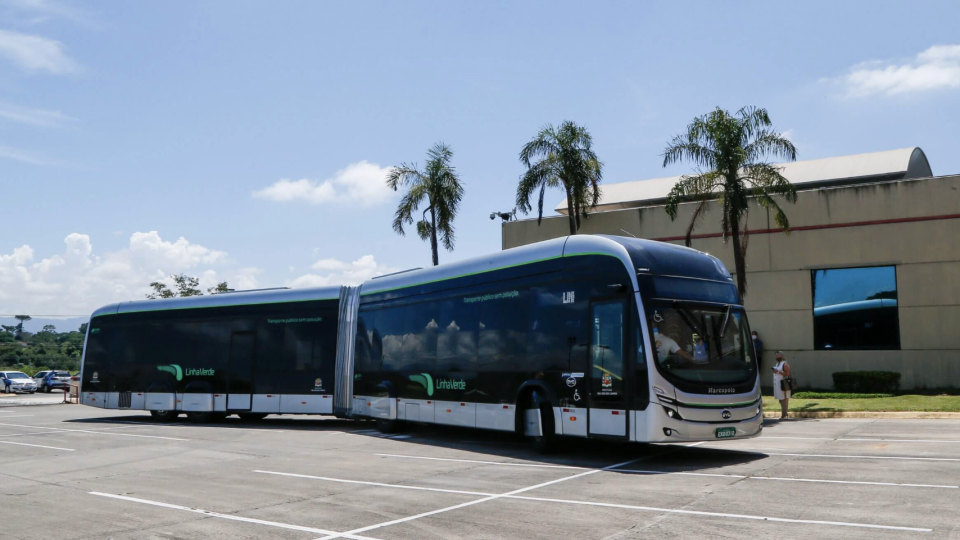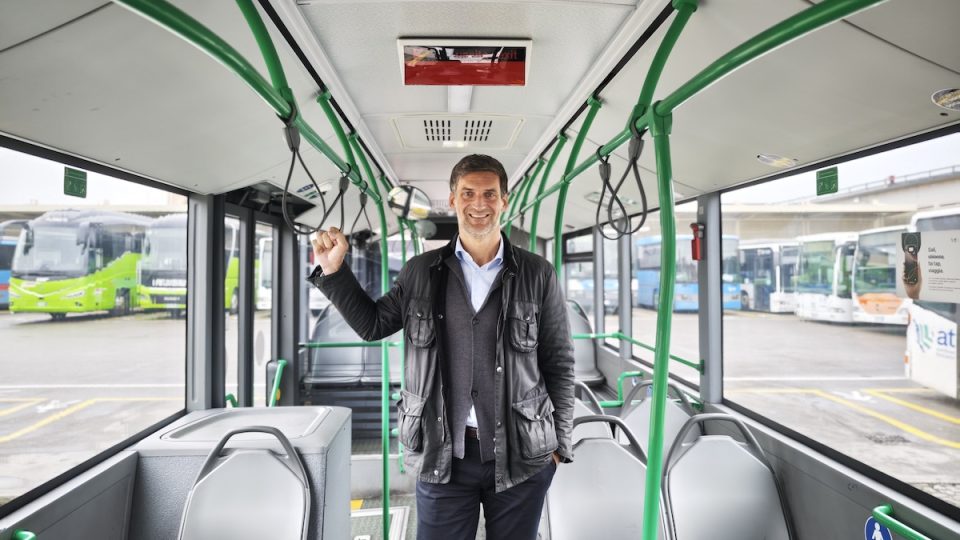The Mercedes eCitaro articulated is almost ready. With solid-state batteries (optionally)
«Ready for rollout». With these words Daimler describes the development process of the Mercedes eCitaro G, the articulated battery-electric bus with the Star on the hood. A bus that will stand out for being the first 18-meter e-bus equipped (optionally) with the so-called solid-state batteries. The update on Mercedes articulated e-bus comes a few hours […]
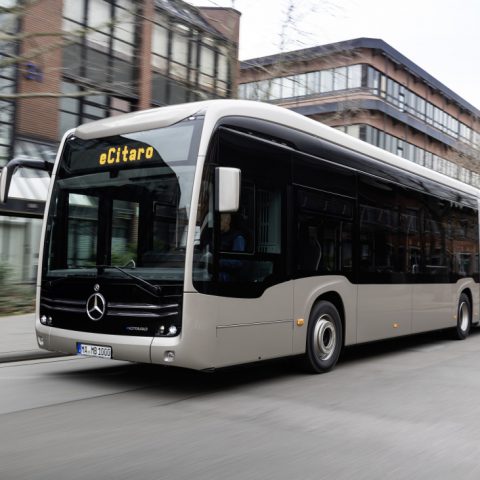
«Ready for rollout». With these words Daimler describes the development process of the Mercedes eCitaro G, the articulated battery-electric bus with the Star on the hood. A bus that will stand out for being the first 18-meter e-bus equipped (optionally) with the so-called solid-state batteries. The update on Mercedes articulated e-bus comes a few hours after the first circulation of MAN Lion’s City 18 E’s pictures. It has been previously announced that the eCitaro G would be available by the end of 2020.
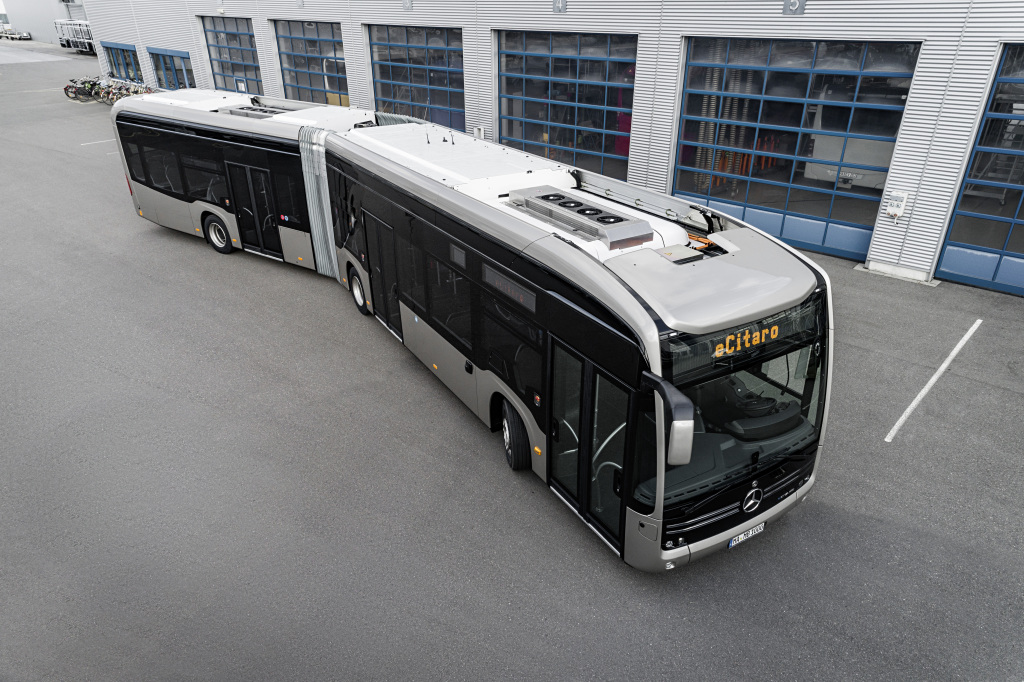
Solid-state batteries on the eCitaro articulated
The new eCitaro G articulated electric bus, Daimler claims, is the first series production city bus in its category anywhere in the world to be equipped with solid-state batteries. A kind of technology that has been used so far on the Bolloré Bluebus. Solid-state batteries «have a very high energy density which is around 25 percent greater than the coming generation of traditional lithium-ion batteries with liquid electrolyte – Daimler says -. The result is an impressive energy content of 441 kWh for the new eCitaro G. This battery technology is also free of the chemical element cobalt and therefore especially environmentally friendly in the manufacture of the components».
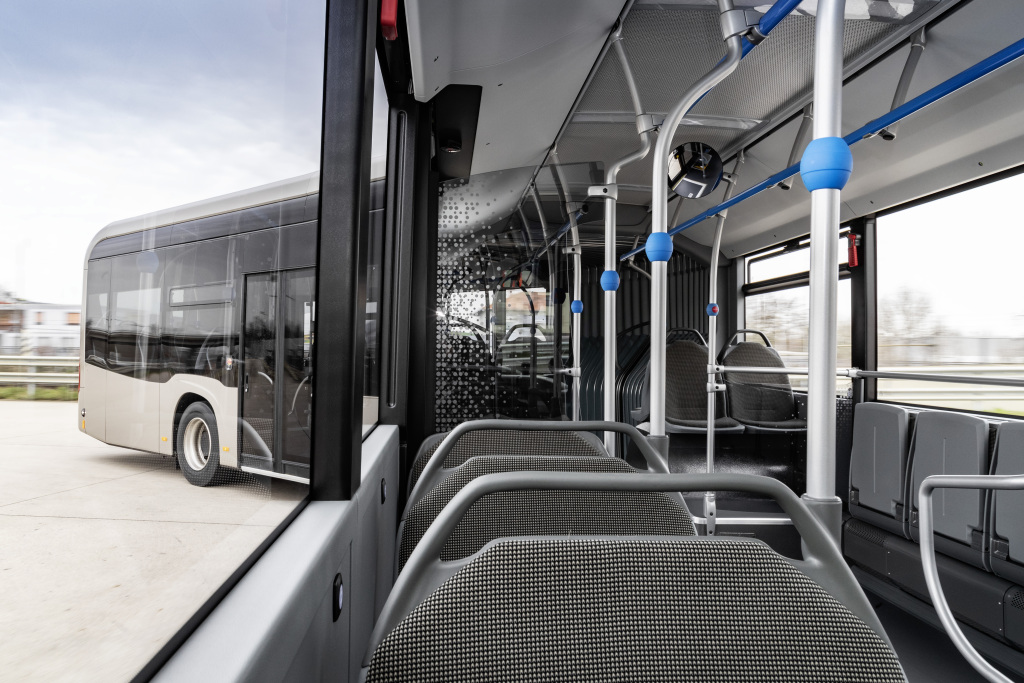
10 years guarantee on eCitaro articulated solid-state batteries
When purchasing an eCitaro with solid-state batteries, a basic guarantee for the high-voltage battery for up to 10 years or up to 280 MWh energy throughput per battery pack is standard, Daimler stresses.
As solid-state batteries are restricted in their fast-charging capacity, Mercedes is offering a new generation of the previously used NMC batteries as an alternative. The composition, provided from the supplier Akasol, is specially selected to make them suitable for high charging currents during high-power charging and, thanks to their energy density, to give the vehicle an extensive range.
The new generation of NMC batteries has a considerably greater capacity, meaning increased vehicle range. With a capacity of around 33 kWh instead of 24 kWh per battery assembly and the maximum number of assemblies fitted, the total capacity amounts to 396 kWh. In terms of geometry, the new prism-shaped NMC batteries are identical to the batteries currently in use and they have the same connections. This means that transport operators using the current eCitaro will actually be able to increase the range of their vehicles by changing to the new batteries.
